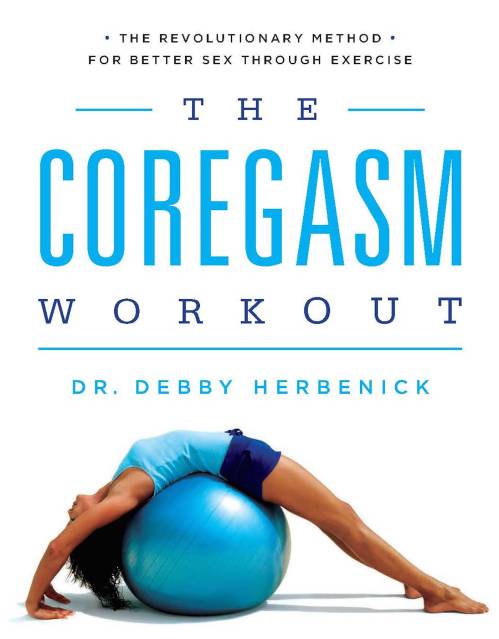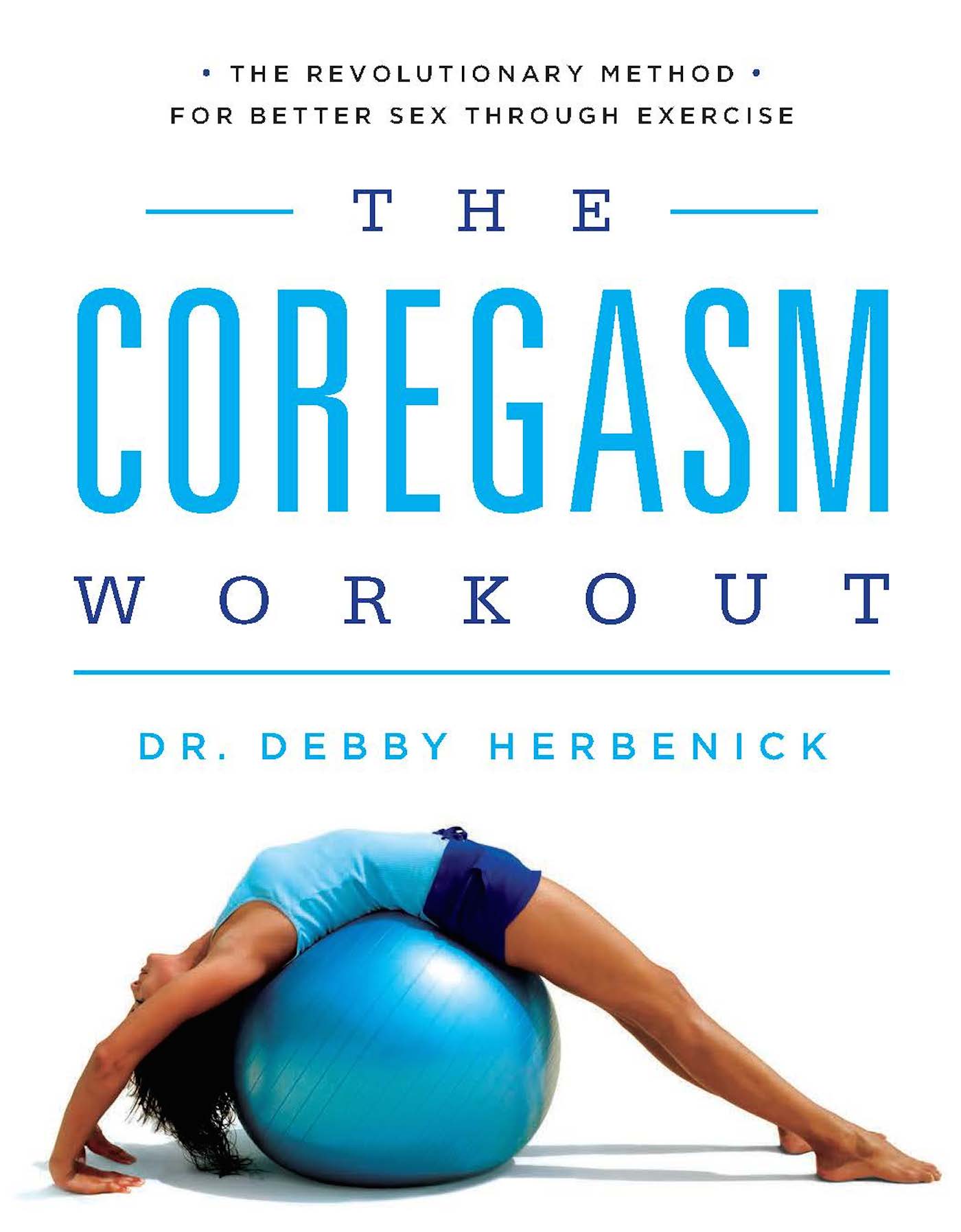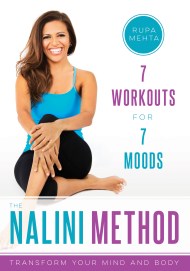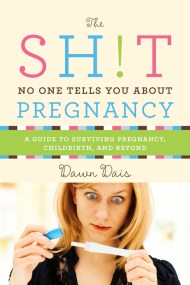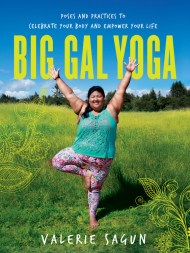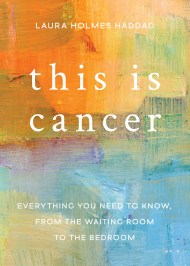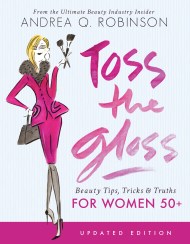Promotion
Use code MOM24 for 20% off site wide + free shipping over $45
The Coregasm Workout
The Revolutionary Method for Better Sex Through Exercise
Contributors
Formats and Prices
Price
$12.99Price
$16.99 CADFormat
Format:
- ebook $12.99 $16.99 CAD
- Trade Paperback $18.00 $22.50 CAD
This item is a preorder. Your payment method will be charged immediately, and the product is expected to ship on or around June 9, 2015. This date is subject to change due to shipping delays beyond our control.
Also available from:
The Coregasm Workout will help improve your sex life—and help you enjoy exercising more often—through four C.O.R.E. principles:
Challenge yourself through cardio, reps, and resistance
Order matters: it’s not just the kind of exercises you do, but the order in which you do them
Relax and receive: be open to the experience of coregasm
Engage your lower abs, muscles often strongly linked to coregasm
Fun, fascinating, and useful, The Coregasm Workout offers new exercise techniques for women who want to stay sexy, healthy, and fit, and enjoy the benefits of the gym in the bedroom.
Genre:
- On Sale
- Jun 9, 2015
- Page Count
- 225 pages
- Publisher
- Seal Press
- ISBN-13
- 9781580055659
Newsletter Signup
By clicking ‘Sign Up,’ I acknowledge that I have read and agree to Hachette Book Group’s Privacy Policy and Terms of Use
